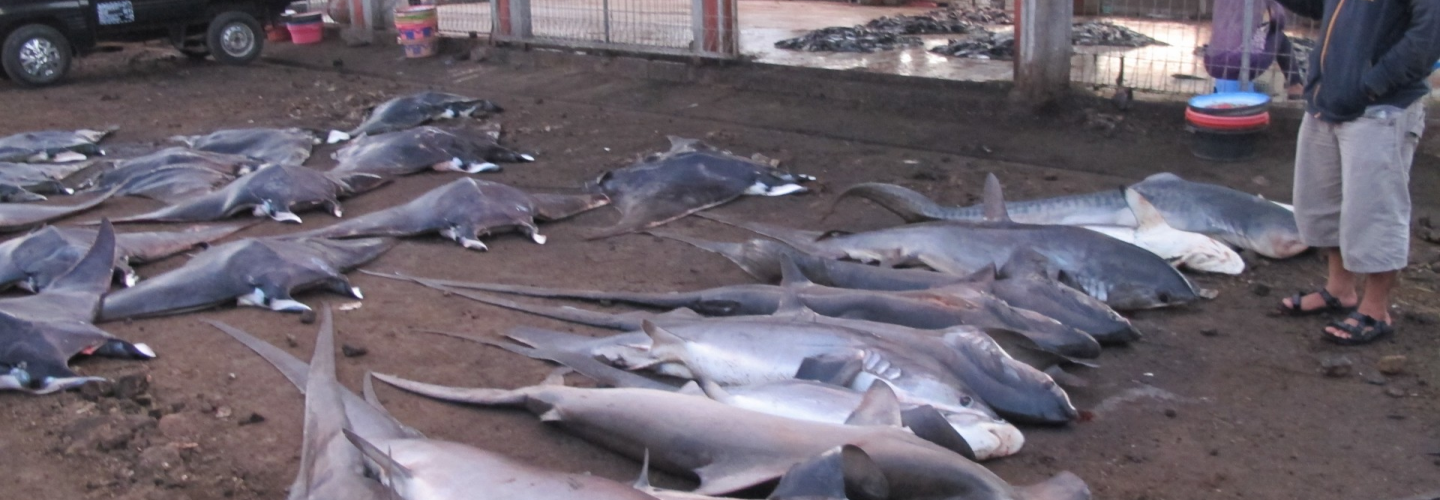Bionesia Program
Shark And Ray Project
Massive and unstainable shark fisheries coupled with poor regulation and impediment of government regulators.

Massive and unstainable shark fisheries coupled with poor regulation and impediment of government regulators to reliably identify shark entering global market have driven our efforts to contribute to shark conservation activities in Indonesian. We aim to provide regulators with tools and data needed for evidence-based conservation activities and bridge the gap between researchers and practitioners to build effective conservation programs.
We use molecular genetic called DNA barcoding, to identify shark species from unknown shark’s body part and build database on demographic details of species catch around Indonesia. Our effort has long been initiated since 2015 where we collaborated a publication with Indonesian Biodiversity research Centre (IBRC) to demonstrate increasing fisheries activities across Indonesia that targeted vulnerable endangered sharks1. This publication also emphasizes the need for more comprehensive efforts in the collection of data deficient shark species and integration of this data into conservation planning. This effort has simultaneously bear fruits, where we published another publication on 2017 to describe population genetic in wider geographic pattern in Australia and Indonesia aiming to emphasize an intergovernmental approach to save shark from extinction2.
Stemming from this success, Bionesia aspires to keep working on contributing its effort to shark and marine biodiversity protection. Funded by Pewtrusts foundation3 and USAID and U.S National Science Foundation4 the centre currently is managing two major efforts to help the local government to rapidly and reliably detect shark in attempts to develop a policy to set export quota in the area around Bali, Eastern Java and West Kalimantan. This efforts was compounded by awareness and training activities to build local research capacity and train young researcher to use molecular tools to identify shark species. Bionesia’s works in shark and rays conservation include:
- Building Internships program for undergraduate students. This internship aims to train early and young researcher to use molecular tools to identify unknown shark species. Students are exposed with basic knowledge of molecular works and lab techniques for genetic research.
- Bionesia is also developing a new genetic test for rapidly and accurately identifying shark fins in large number in attempt to set up and limit export quota. This work is a collaborative effort with Ministry of Maritime Affairs and Fisheries of Indonesia and our endeavour to become more involve to evidence based policy development. Future collaboration will include development of shark collection guidebook and MoU to work on a shark genetic study in Indonesia and database development on Indonesia-wide shark genetic sequence repositories.
- Funded by Rufford Foundation grant, Bionesia is also currently working to contribute to Spinetail ray (Mobula japonica) conservation program in the Savu Sea Eastern Indonesia. Through this project we will collect most recent data of Spinetail ray (Mobula japonica) population in Savu Sea with the use of genetic approach, and increase the awareness of local stakeholder for the sustainability of spinetail in the future.
- A collaborative work with local community groups across Bali to increase awareness of shark fisheries and build education program targeting senior high school student schools in Bali about shark conservation. This project will be continued by working with local and of Shark